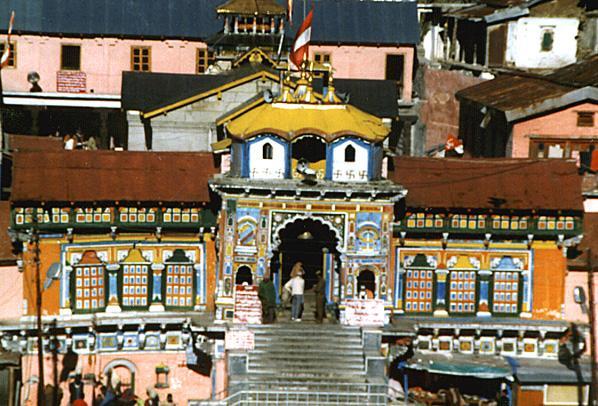The Chardham Yatra can be easily called as one of the most popular pilgrimage circuits of India. Every year, around the same time, the routes to the Chardham, the four most sacred places of the Indian Himalayas, are opened for the pilgrims to trek to.
The Char Dham (“four abodes”) are four places which the Hindus believed will help them achieve Moksha. Char Dham are the names of four pilgrimage sites in India that are widely revered by Hindus. It comprises Badrinath, Dwarka, Puri and Rameswaram. It is considered highly sacred by Hindus and one must have a visit to ‘char dham during one’s lifetime. The Char Dham defined by Adi Shankaracharya consists of four Vaishnavite pilgrimages.[1]
The ancient pilgrimages sites in the Indian state of Uttarakhand viz. Yamunotri, Gangotri, Kedarnath, and Badrinath were known as Chota Char Dham to differentiate them from the bigger circuit of Char Dham sites. Chota Chardhams shrines get closed for winters due to heavy snowfall and reopen for pilgrims in advent of summer.[2][3][4][5]
According to Hindu Dharma, Badrinath became prominent when Nar-Narayan, an avatar of Vishnu, did Tapasya there. At that time that place was filled with berry trees. In Sanskrit language berries are called “badri”, so the place was named Badrika-Van, i.e. the forest of berries. The particular spot where the Nar-Narayan did Tapasya, a large berry tree formed covering Him to save Him from the rain and the sun. Local people believe that Mata Lakshmi became the berry tree to save Lord Narayan. Post-Tapasya, Narayan said, people will always take Her Name before His Name, hence Hindus always refer “Lakshmi-Narayan “. It was therefore called Badri-Nath i.e. the Lord of Berry forest. This all happened in the Sathya/Sath-Yuga. So Badrinath came to be known as the first Dham.
The second place, Rameswaram got its importance in the Tretha-Yuga when Lord Rama built a Shiva-Lingam here and worshiped it to get the blessings of Lord Shiva. The Name Rameswaram means “Rama’s Lord”.
The third Dhaam Dwarka got its importance in the Dwapara Yuga when Lord Krishna made Dwarka His residence instead of Mathura, His birthplace.[7]
The Four Shankaracharya Peeth (Seats) at the Chaar Dham school of Hinduism, created at least four Hindu monastic institutions. He organised the Hindu practitioners under four Maṭhas (Sanskrit: मठ) (institutions/monasteries), with the headquarters at Dvārakā in the West, Jagannatha Puri in the East, Sringeri Sharada Peetham in the South and Badrikashrama in the North.[8]
In the Puranas, Hari (Vishnu) and Hara (Shiv) are referred as eternal friends. It is said wherever Lord Vishnu resides, Lord Shiva resides nearby. The Chaar Dhaams follow this rule. So Kedarnath is considered as the pair of Badrinath, Rangnath Swami is considered the pair of Rameswaram. Somnath is considered as the pair of Dwarka. However one thing is also to be noted here that according to some traditions the Char Dham are Badrinath, Rangnath-Swami, Dwarka and Jagannath-Puri all the four of which are Vaishnav sites and their associated places are Kedarnath, Rameswaram, Somnath and Lingaraja Temple, Bhubaneswar (or maybe Gupteshwar) respectively.



